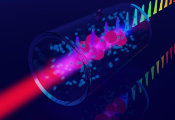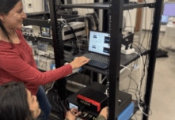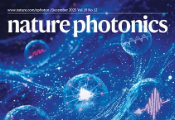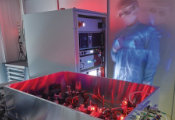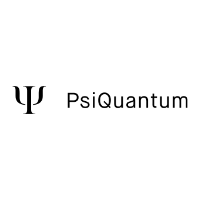Scientists Explore How To Make Quantum Bits With Spinel Gemstones
January 31, 2025 -- UChicago, Argonne, Tohoku University partnership finds spinel can store quantum information. The gemstone spinel, known for its vibrant colors resembling gems like rubies and sapphires, has now been shown to be capable of storing quantum information, making it a viable material in the field of quantum technology.
The discovery, which was made by collaborators from Tohoku University, the University of Chicago, and Argonne National Laboratory, was published in the journal Applied Physics Express.
“This discovery highlights the incredible potential of materials like spinel, which have long been prized for their aesthetic qualities but are now revealing profound scientific capabilities,” said Prof. David Awschalom, Liew Family Professor and Vice Dean for Research at the University of Chicago Pritzker School of Molecular Engineering, who jointly led the research.
“By leveraging its unique properties, we’re not only advancing our understanding of qubit systems but also expanding the toolkit for quantum technologies in ways that were previously unimagined,” he said.
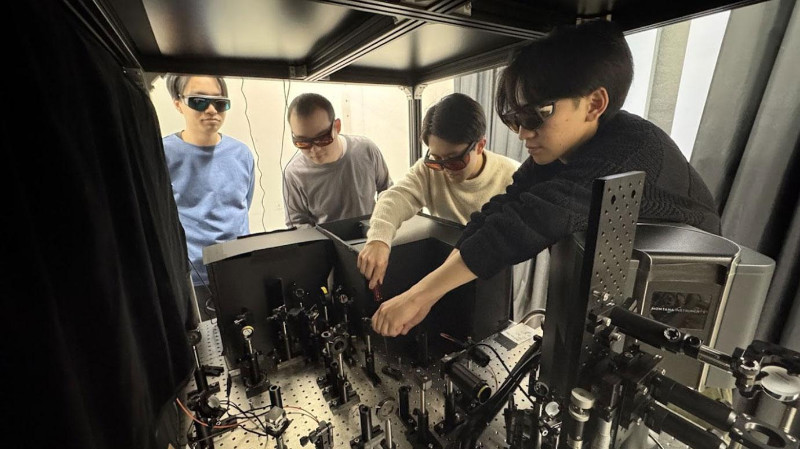
‘Think of it like a snow globe’
Quantum information technology leverages quantum mechanics to process, store, and transmit information in ways that classical systems cannot. At the heart of this technology are collections of qubits, known as qubit systems. In one such system, solid host materials like diamond or moissanite retain quantum information through atomic defects that serve to trap electron spins. These gemstones’ transparent properties help isolate these qubits in a manner stable enough for manipulation.
“Think of it like a snow globe; the glass of the snow globe protects the objects from outside disturbances, yet we are still able to manipulate it when we shake it,” says Manato Kawahara, a PhD course student at Tohoku University’s Research Institute for Electrical Communication (RIEC) and first author on the new paper.
“In the case of qubits, we use magnetic or electric fields to control the spin of the qubit,” he said.
Kawahara and his colleagues’ breakthroughs were aided by previous research from the University of Chicago, Argonne National Laboratory, and Tohoku University. In 2021, a research group developed guidelines for finding new solid-state spin qubit systems, and in 2022, the same group unveiled a means of streamlining the discovery of viable qubit materials.
This led the current group to spinel, which they were able to experimentally test by directing a laser beam onto the material to excite it, and then measuring the emitted light (photoluminescence) to analyze the material's response.
However, to be fully operational for the qubit, the system needs to demonstrate three functions: initialization, manipulation, and detection. The findings here demonstrate that spinel possesses the first and third functions, i.e., the ability to initialize and read the qubit state.
“Looking forward, we plan to manipulate and control the spin qubit for emerging quantum applications across sensing, communication, and computing,” Awschalom said.
Ultimately, the demonstration of a qubit function in spinel will open up unexplored opportunities in quantum technologies, the scientists said.

